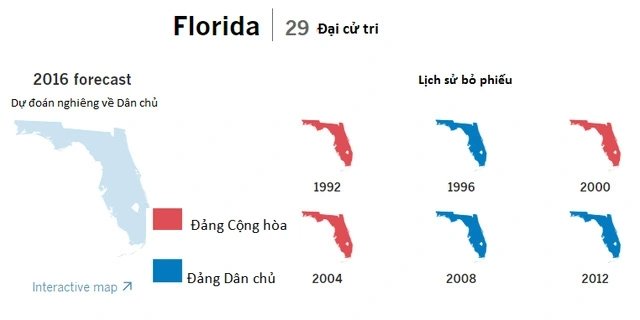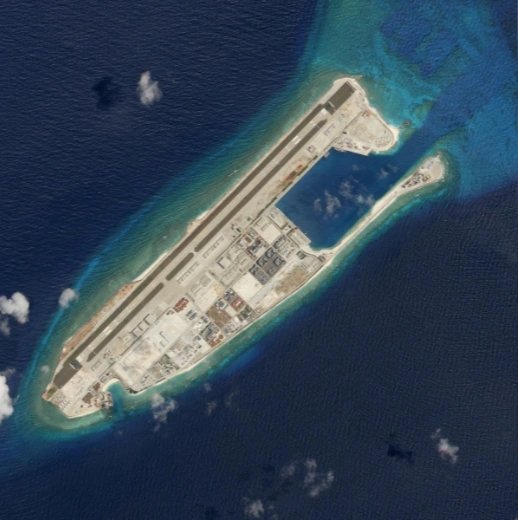
When the pandemic broke out, students and teachers switched to online learning and teaching.
These very rapid changes, to the point that many people don’t know how to call them, are actually very close to a story that has been talked about for a year or two now: Digital transformation.
What is digital transformation?
Digital transformation is the process by which people change the way they live, work, and produce with digital technologies.
Entities after digitization can connect to each other on the Internet.
Digitization is the creation of digital versions of entities (objects, things), usually creating the digital form (data) of the entities from their physical form, for example creating digital text on a computer
The nature of the digitalization level is transformative.
Thus, digital transformation can be seen as moving from the old way of living and working with entities to a new way of living and working with entities and their connected digital versions.
Defining the digital operating model is about answering the question of how the way of living and working changes with digital technology and digitized data.
Imagine, after Covid-19, how the education sector will teach and learn with traditional and online methods, how businesses will produce and do business, and how governments at all levels will provide people with services.
After danger comes opportunity.

Levels of digital transformation.
Transformation is the implementation of change by individuals, organizations according to a defined model.
Digital transformation and the Fourth Industrial Revolution
Each industrial revolution is a period of social development in which major breakthroughs in science and technology lead to profound changes in production and society.
The content set out in the fourth industrial revolution is broader than digital transformation, but if we look at the characteristics of the digital era, it can be said that the fourth industrial revolution and digital transformation have the same essence.
It can be said that the core of implementing the fourth industrial revolution in Vietnam is implementing digital transformation, that is, digital transformation is the main content and main way of development in the fourth industrial revolution period.

Digital transformation is the main content of the fourth industrial revolution.
Covid-19 era: In danger there is opportunity
The pandemic suddenly came to turn people’s lives upside down.
Social distancing slows down the pace of people’s lives.
During the pandemic, there is much that needs and can be done.
From within Covid-19, advanced data analysis technologies can contribute to building models, collecting data at home and abroad to calculate and put forward many different quantitative scenarios when restarting.
Covid-19 is considered a push to accelerate digital transformation in Vietnam.
For example, in agriculture, there is a need to aim for a more accurate assessment of product supply and demand, support production control and improve product quality, as well as quickly transition to circular agriculture with new technologies.
In logistics, it is necessary to build a comprehensive digital management system nationwide for the flow of goods from origin, through place, and destination;
Regarding the environment, it is necessary to build digital versions of the state of pollution and negative effects on the environment to choose appropriate treatment solutions based on the principle of multidimensional interaction, such as considering waste and flooding, pollution is not
For digital transformation in Vietnam, if before Covid-19 the first concern was awareness, then now the most important thing is how to carry out digital transformation.






